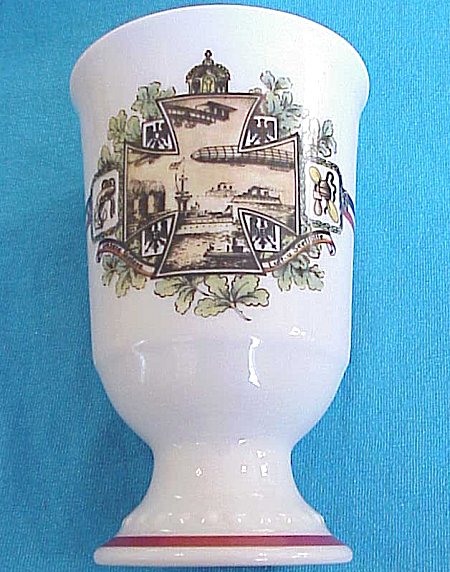Description
The dinner tables at officers’ messes were quite formal and elaborate, depending on the regiment. The officers’ messes at Husaren-Regiment Nr 17 and Infantrie-Regiment Nr 92 were among the most elaborate of all of the German Army regiments.
Today we are offering an officer’s salt pot from one of these two regiments. Small salt pots were used in place of salt shakers during the Imperial Period, especially in an officer’s mess. Sometimes they had a small spoon that allowed the user to sprinkle salt onto his food. Other times no spoon was used, and a simple “pinch” of salt sufficed. This pot measures 1 ½” in diameter and stands 1″ tall. As I look at it, the pot reminds me of a miniature kettle drum. It has engraving on its three sides, which reveals a great deal about this interesting dining accouterment. On one side is the name Oberleutnant von Schierstaedt. On a second side is the Wilhelm of Braunschweig’s Cypher. The third side bears the date 1 November 1901. Underneath, on the pot’s bottom, is hallmarking for .800 silver and for Jurgens, the Herzog (Duke) of Braunschweig’s house jeweler.
This piece has a lot of personality and a fabulous patina.







